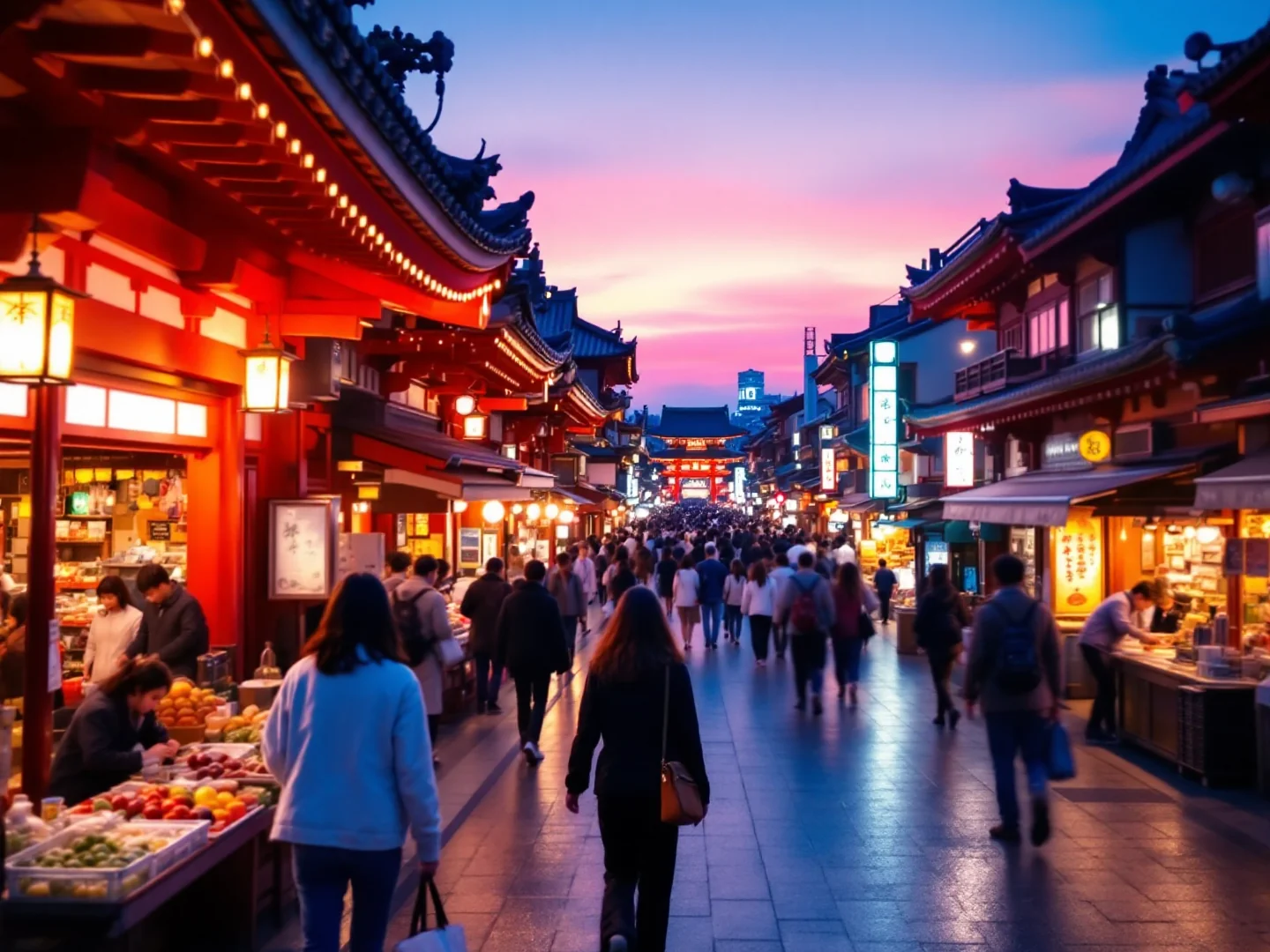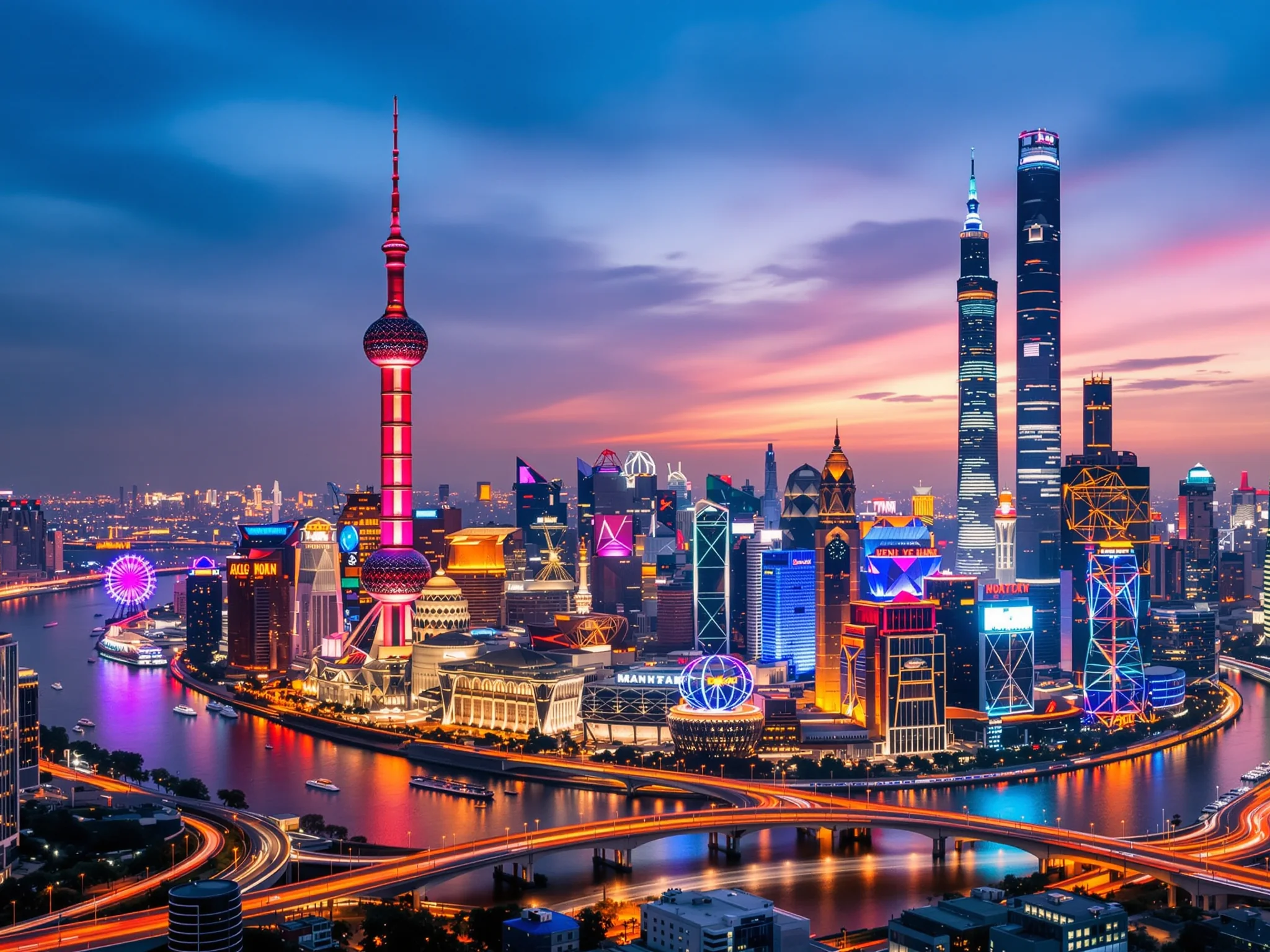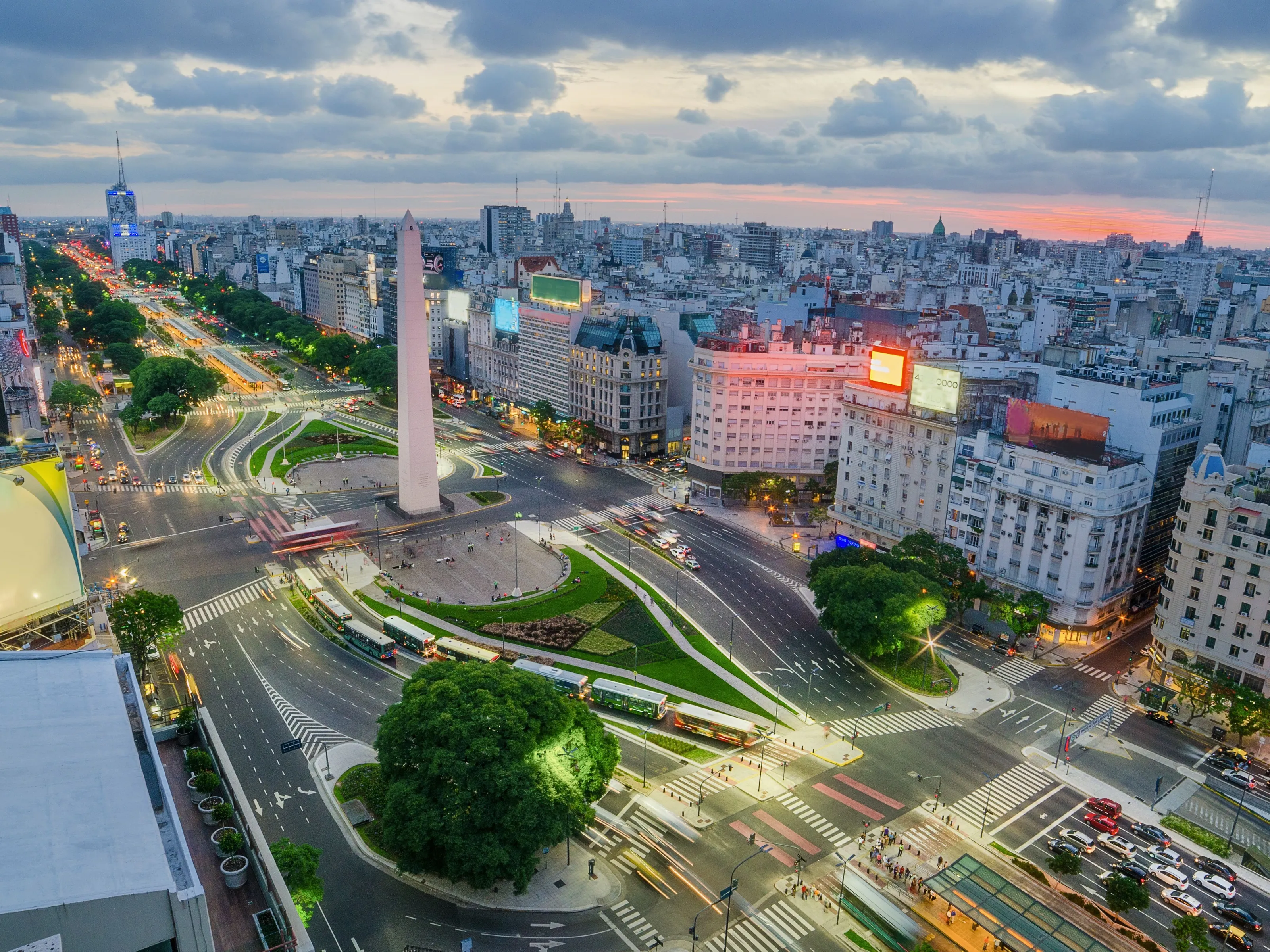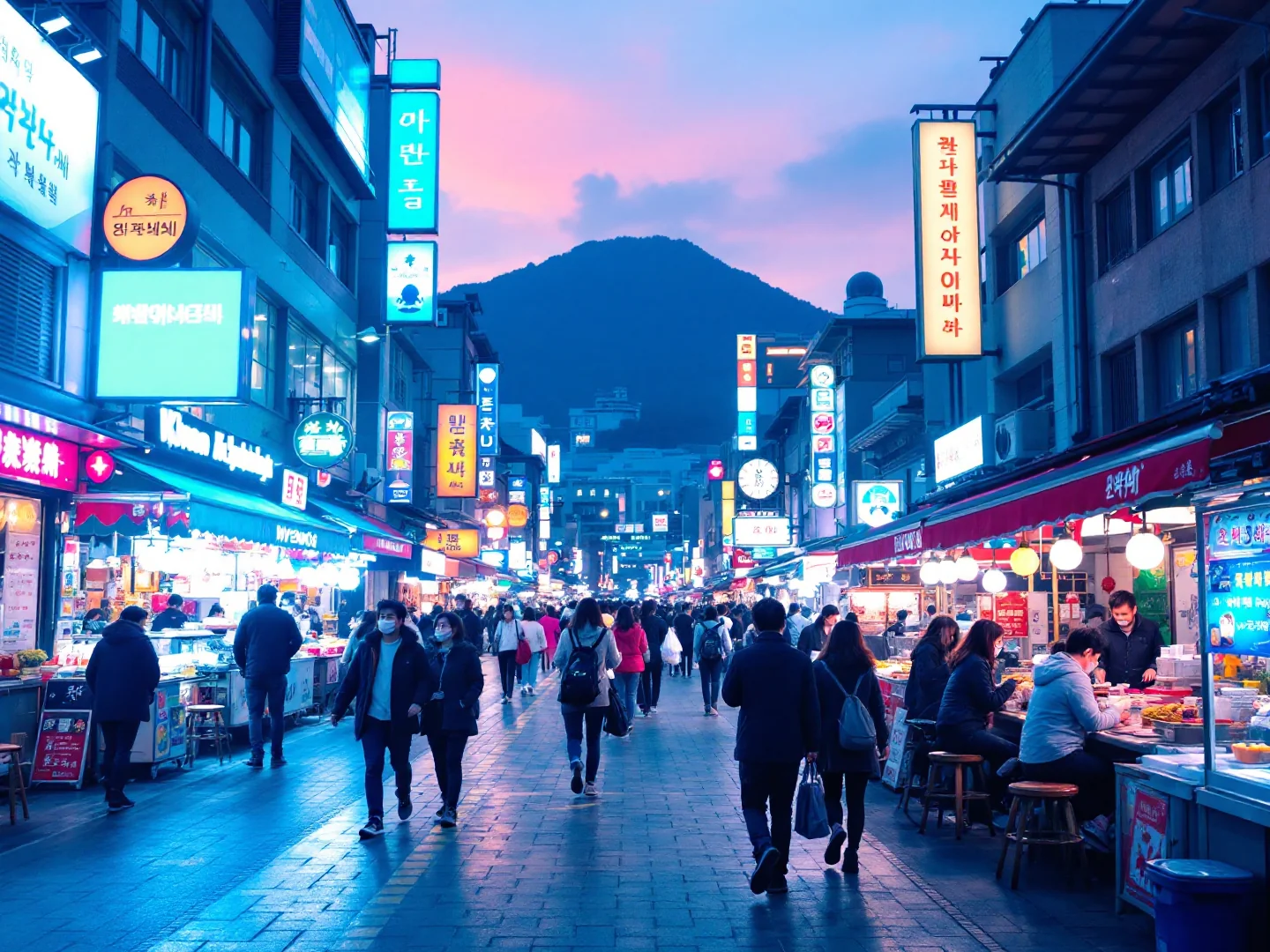Why Visit Osaka?
Osaka buzzes as Japan's culinary capital and entertainment heartland where neon-lit Dotonbori Canal reflects glowing Glico Running Man billboards above street vendors grilling takoyaki octopus balls for ¥500, Osaka Castle's 16th-century turrets rise from stone walls above cherry blossoms, and locals embody 'kuidaore' philosophy—eating oneself into ruin pursuing perfect meals. Japan's third-largest city (2.7 million in Osaka, 19 million metro area including Kyoto-Kobe) earned its 'nation's kitchen' reputation through working-class food culture that elevated street snacks to art forms: takoyaki (octopus balls), okonomiyaki (savory pancakes), kushikatsu (deep-fried skewers), and ramen shops where slurping loudly shows appreciation. Osaka's personality contrasts Tokyo's reserve—Osakans greet strangers warmly, bargain merchants joke in Kansai dialect, and comedy thrives in Namba Grand Kagetsu theater where manzai duos perfect timing.
Dotonbori defines Osaka at night—walk beneath mechanical crabs and dragons advertising restaurants, watch street performers, and join crowds photographing Glico Man at Ebisu Bridge before diving into alley izakayas serving kushi-katsu with cabbage dipping stations (double-dipping forbidden). Osaka Castle anchors history—Toyotomi Hideyoshi's 1583 fortress fell and rebuilt multiple times, now housing museums with panoramic tower views over moats and parks explosive with cherry blossoms (late March-early April). Yet Osaka surprises beyond food: Shinsekai's retro district preserves postwar nostalgia beneath Tsutenkaku Tower, Kuromon Market's 150+ stalls serve sushi breakfast and wagyu samples, and Umeda Sky Building's Floating Garden Observatory connects twin towers at 40 floors.
Universal Studios Japan attracts crowds to Super Nintendo World and Harry Potter areas, while Osaka Aquarium ranks among the world's largest with whale sharks in massive tanks. Day trips reach Kyoto's temples (30 min), Nara's deer park (45 min), or Kobe's beef (30 min). With friendly locals (less formal than Tokyo), affordable prices compared to capital, and dialect-speaking merchants creating warm atmosphere, Osaka delivers Japanese culture with approachable charm and unbeatable food.
What to Do
Food & Dotonbori
Dotonbori Canal & Glico Man
Osaka's most iconic spot—neon-lit canal with the famous Glico Running Man billboard and mechanical crabs. Best after sunset (6-11pm) when neon lights reflect on water. Stand at Ebisu Bridge for the classic photo. Walk beneath giant pufferfish, crabs, and dragons advertising restaurants. Street food everywhere—takoyaki (¥400-600), okonomiyaki, kushikatsu. Free to walk. Arrive 30 min before sunset to see the transformation from day to neon night.
Kuromon Market (Osaka's Kitchen)
150+ stalls in Kuromon Ichiba, nicknamed 'Osaka's Kitchen', with most food vendors open roughly 8:00-17:00 (some to 18:00), some closed Sundays. Go morning (9-11am) for breakfast—fresh sashimi, grilled scallops (¥500-1,000), wagyu skewers (¥1,000-2,000), tuna cutting shows. Vendors give samples. Some stalls let you buy and eat at counter. Cash preferred. Allow 2 hours to graze properly.
Osaka's Must-Try Foods
Takoyaki (octopus balls, ¥500-700 for 6-8 pieces)—try Kukuru in Dotonbori or stands with long lines. Okonomiyaki (savory pancake, ¥800-1,500)—Mizuno or Kiji are legendary. Kushikatsu (deep-fried skewers, ¥150-300 each)—Daruma in Shinsekai invented the style. Ramen (¥800-1,200)—Ichiran or Kinryu open 24/7. Kitsune udon (¥500-800). Remember: no double-dipping kushikatsu sauce!
Osaka Sights
Osaka Castle & Park
Iconic 16th-century castle rebuilt in concrete but still impressive. Entry ¥1,200 for adults (¥600 for high-school/college students; free for younger kids). Open 9am-5pm (extended in summer). Elevator to 8th floor, then walk down through exhibits. Best views from top floor (panoramic). Go early (9-10am) for photos without crowds or during cherry blossom season (late March-early April). The surrounding park is free, vast, and gorgeous for picnics. Allow 2-3 hours including park walk.
Shinsekai & Tsutenkaku Tower
Retro working-class district frozen in 1960s nostalgia with vintage neon and local atmosphere. Tsutenkaku Tower (about ¥1,200 for adults; extra for the special top deck/slide, 103m high) has observation decks and a golden Billiken statue for luck. The area is famous for kushikatsu restaurants—Daruma and Kushikatsu Jan have English menus. Go evening (5-9pm) when neon lights up and locals fill izakayas. Very photogenic, less touristy than Dotonbori, grittier vibe.
Universal Studios Japan
Major theme park with Super Nintendo World (must-have timed entry), Harry Potter, and various zones. Tickets from ¥8,400-10,400 (peak dates higher); Express Passes (skip-line) from ¥7,800-27,800 extra. Book tickets and Nintendo World time slots online weeks ahead. Arrive 30-60 minutes before opening. Full-day needed. Weekdays in off-season (Jan-Feb, June) have shortest lines. English maps available.
Modern Osaka & Day Trips
Umeda Sky Building
Futuristic twin towers connected by Floating Garden Observatory at 173m. Entry around ¥2,000 for adults (children discounted). Open until 10:30pm (last entry 10pm). Escalator through open air to observatory is thrilling. 360° views over Osaka, best at sunset or night when city lights sparkle. Less crowded than Tokyo towers. Basement has retro Takimi-koji Alley with vintage restaurants. Allow 1-1.5 hours.
Kyoto Day Trip
30-40 minutes by train (¥560-1,690 depending on line). JR Kyoto Line, Hankyu, or Keihan all work. Visit Fushimi Inari's torii gates, Kinkaku-ji golden pavilion, Arashiyama bamboo grove, or Gion geisha district. Trains run frequently. Most Osaka visitors combine both cities. Day trips easy—leave morning, return evening. Buy ICOCA card for seamless transfers.
Nara Deer Park Day Trip
45 minutes by train (¥680 one-way). Feed wild deer (¥200 for crackers—they bow!), visit Todai-ji Temple with giant Buddha (¥600), walk through Nara Park. Deer are everywhere—watch your snacks and maps (they eat paper). Go morning (9am-12pm) for most active deer. Easy half-day trip. Trains from Namba or Umeda stations.
Gallery
Travel Information
Getting There
- Airports: KIX, ITM
Best Time to Visit
March, April, October, November
Climate: Moderate
Weather by Month
| Month | High | Low | Rainy days | Condition |
|---|---|---|---|---|
| January | 11°C | 3°C | 9 | Good |
| February | 11°C | 2°C | 7 | Good |
| March | 14°C | 5°C | 11 | Excellent (best) |
| April | 16°C | 8°C | 5 | Excellent (best) |
| May | 23°C | 15°C | 14 | Wet |
| June | 27°C | 20°C | 10 | Good |
| July | 28°C | 23°C | 24 | Wet |
| August | 34°C | 26°C | 6 | Good |
| September | 29°C | 22°C | 16 | Wet |
| October | 22°C | 13°C | 10 | Excellent (best) |
| November | 17°C | 9°C | 6 | Excellent (best) |
| December | 11°C | 3°C | 4 | Good |
Weather data: Open-Meteo Archive (2020-2024) • Open-Meteo.com (CC BY 4.0) • Historical avg. 2020–2024
Budget
Excludes flights
Visa Requirements
Visa-free for EU citizens
💡 🌍 Traveler Tip (November 2025): November 2025 is perfect for visiting Osaka!
Practical Information
Getting There
Kansai International Airport (KIX) is 50km south, serves international flights. Nankai Railway Rapid to Namba ¥930/$6 (40 min), Limited Express ¥1,450/$10 (35 min). JR Haruka to Shin-Osaka/Tennoji ¥1,710-2,850 (30-50 min). Bus to city ¥1,600 (60 min). Osaka Itami Airport (ITM) for domestic, closer. Shinkansen connects Tokyo (2.5hr, ¥13,320), Kyoto (15 min).
Getting Around
Osaka Metro excellent—9 lines, Midosuji Line main tourist line (red). ICOCA card (like Suica) works on trains, buses, vending machines—¥2,000 card (¥500 deposit + ¥1,500 credit). Single fares ¥180-480/$1–$3 Day passes available. JR trains cover wider area. Walking connects Namba-Shinsaibashi-Dotonbori. Taxis expensive (¥680 start). Bikes common but challenging for tourists.
Money & Payments
Japanese Yen (¥, JPY). Exchange $1 ≈ ¥$155–$1651 ≈ ¥145-155. Cash-heavy culture—many restaurants don't accept cards. Withdraw from 7-Eleven/FamilyMart ATMs (international cards work). Credit cards at hotels, department stores, chains. Tipping not practiced and can offend—service included. Prices displayed include tax.
Language
Japanese is official. Osakans speak Kansai dialect (different from Tokyo's standard Japanese). English limited outside hotels—download Google Translate offline. Learn basic phrases (Arigatou = thank you, Sumimasen = excuse me). Pointing at menu pictures works. Osakans friendlier and more talkative than Tokyo residents—gestures help.
Cultural Tips
Food culture: kuidaore means 'eat until you drop'—embrace it. Takoyaki eating: blow on it or burn mouth. Okonomiyaki: chef prepares at your table. Kushikatsu: no double-dipping sauce (cabbage to re-apply). Remove shoes at traditional restaurants (tatami floors). Slurping ramen shows appreciation. Osakans bargain—try at Kuromon Market. Queue politely. Trash cans rare—carry trash. Don't eat while walking (stand aside). Bikes use sidewalks. Underground shopping mazes connect stations—free maps available.
Perfect 3-Day Osaka Itinerary
Day 1: Dotonbori & Street Food
Day 2: Castle & Retro Osaka
Day 3: Day Trip or USJ
Where to Stay in Osaka
Namba & Dotonbori
Best for: Nightlife, street food, neon lights, shopping, entertainment, tourist hub, vibrant
Umeda
Best for: Business district, underground shopping, department stores, Sky Building, transit hub
Shinsekai
Best for: Retro atmosphere, Tsutenkaku Tower, kushikatsu restaurants, working-class vibe, photogenic
Tennoji & Abeno
Best for: Osaka Castle nearby, Abeno Harukas skyscraper, zoo, temples, residential, local feel
Frequently Asked Questions
Do I need a visa to visit Osaka?
What is the best time to visit Osaka?
How much does a trip to Osaka cost per day?
Is Osaka safe for tourists?
What are the must-see attractions in Osaka?
Popular Activities
Top-rated tours and experiences in Osaka
Ready to Visit Osaka?
Book your flights, accommodation, and activities






